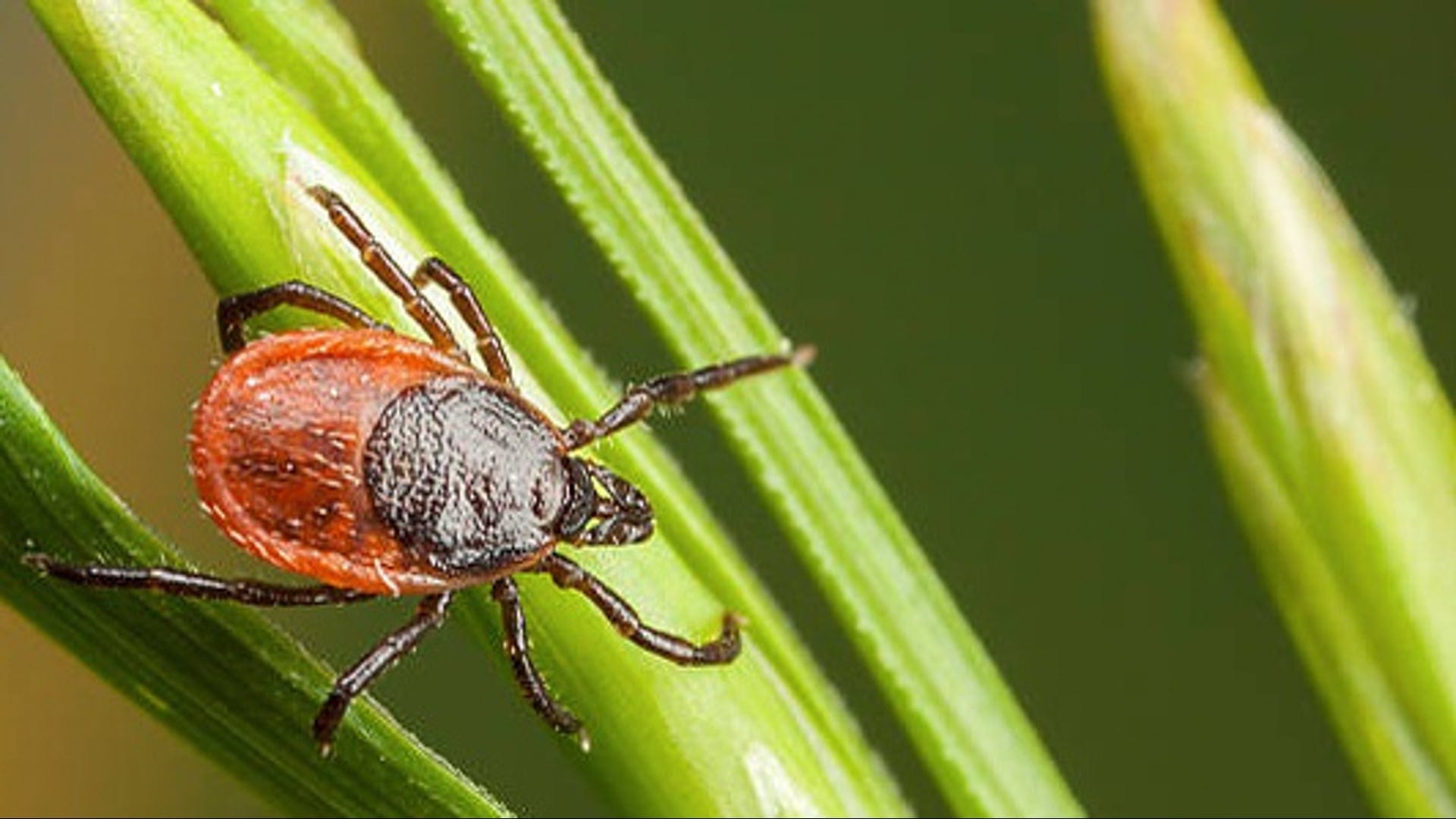Do you know the signs of a tick bite? What to look for
This year's tick season has been extremely active, leading to a surge in ER visits because of tick bites, particularly in the Northeast. This year's figures are the highest since 2019, according to the Centers for Disease Control and Prevention.
Of the nearly 900 species of ticks in the world, the United States is home to nearly 50 species, according to the National Institutes of Health. Although only a few kinds of ticks can transmit disease to people, those species are growing in numbers and reach.
Tiny yet dangerous ticks can spread a number of diseases to humans and animals. But don't panic if you discover a tick on you or a family member. Just because a tick lands on you or bites you doesn't guarantee that you will contract Lyme disease or any of the other diseases they spread.

Here are some tips to help you identify and remove a tick:
How to recognize a tick
Ticks use your body heat, breath, movement and smell to find you. They also employ a variety of methods to locate their victims. Some prefer to wait in leaf litter or dead logs, and others like to scale tall grass or other vegetation, according to the Mayo Clinic.
Unable to view our graphics? Click here to see them.
Where to look for ticks
If you are returning indoors after being outside, it's a good idea to check your clothes and body for ticks.
Ticks can be as small as a poppy seed. For a disease to be transmitted, a tick must stay connected to its host for 24 to 36 hours. By removing the tick promptly, you can reduce the chance of becoming infected. Here are some tips on how to deal with a tick:
What do tick bites look like?
Found a tick? Don't panic
Here's the proper way to remove a tick:
- Using a pair of tweezers or tick removal tool, grab the tick close to your skin.
- Gently pull upward, until all parts of the tick are removed. Don't squeeze the tick between your fingers; that risks the ticks' germs spreading to your skin.
- Don't yank the tick out; that may leave the tick's mouth in your skin, which could cause an infection.
- Clean your skin with alcohol or soap and water.
What happens if you don't remove a tick?
According to the CDC, specific tick species can spread diseases like Lyme disease, southern-tick associated rash sickness (STARI) and Rocky Mountain spotted fever (RMSF) in certain regions of the nation. Not all ticks carry infections, but waiting too long to remove one from your skin can raise the risk of transmission.
CONTRIBUTING Mary Walrath-Holdridge/Paste BN
(This story was updated to include video.)